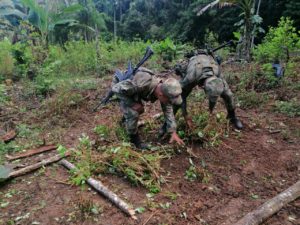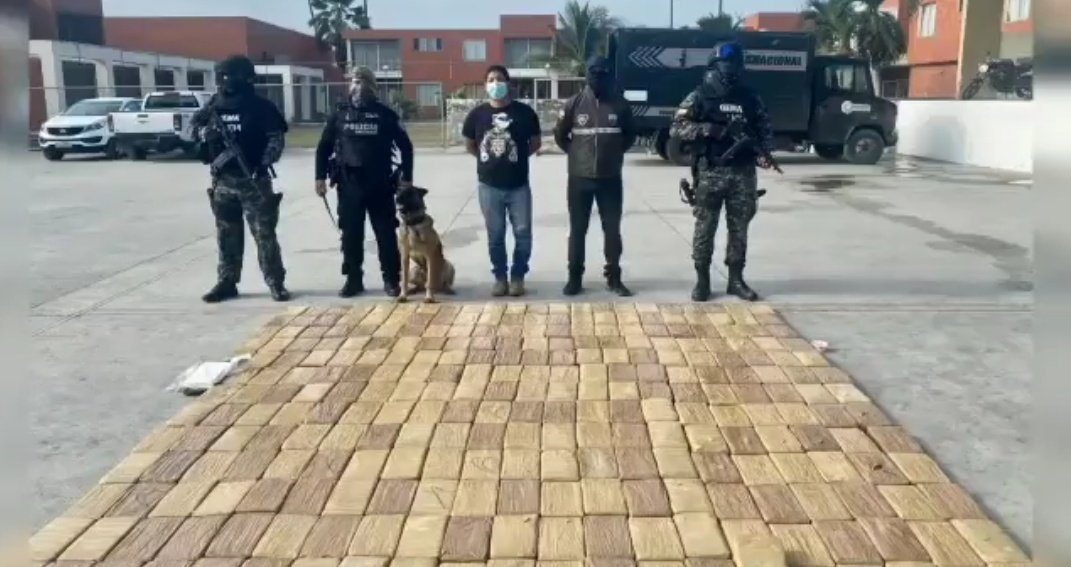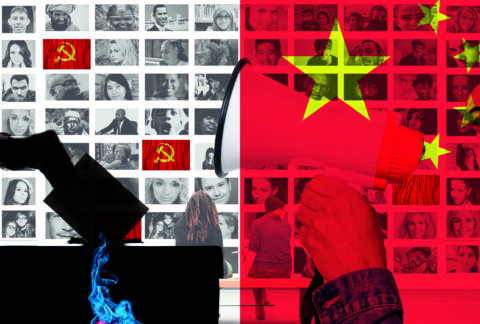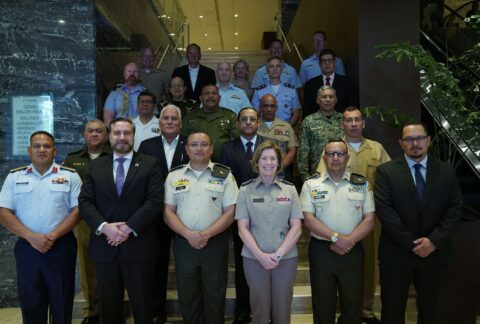Mexican cartels are expanding their operations in South America, buying and trafficking cocaine through connections established in several countries for distribution in the United States and Europe.
In Colombia, the Mexican Sinaloa, Jalisco New Generation (CJNG), Los Zetas, and Beltrán Leyva cartels are reportedly the main buyers and traffickers of cocaine produced by illegal armed groups that engage in narcotrafficking.
“In general, almost all illegal armed groups have to do with narcotrafficking. Some of these groups have contacts outside; that is, they engage in trafficking. Others are more precarious and the only thing they do is sell cocaine,” Dr. Gustavo Duncan, a narcotrafficking expert and professor in the School of Government and Political Science at EAFIT University in Medellín, Colombia, told Diálogo. “One sees the Clan del Golfo as more organized, not so much the guerrillas or dissidents [of the Revolutionary Armed Forces of Colombia – FARC] in the Pacific […], [they] are seen more as suppliers to other drug traffickers.”

Norte de Santander is among the regions affected by criminal groups’ illicit activities. Human rights organizations have confirmed the penetration of Mexican cartels and their connection with the increase in coca crops, currently estimated at 40,083 hectares, Colombian state-owned Canal 1 reported on July 1.
“The rapid growth of coca crops and the presence of Mexican cartels as the big buyers of coca paste has energized the market, and they are the big financiers of illegal groups,” Wilfredo Cañizares, director of Colombian human rights nongovernmental organization Fundación Progresar, told Colombia’s TV network Noticentro 1.
Colombian authorities have been focused on cutting off the financial flow of these groups and their main links to Mexican cartels. One of the most recent blows occurred on July 14, Colombian magazine Semana reported, when Colombian authorities seized 175 properties and vehicles from Néstor Alonso Tarazona, considered the main associate in Colombia of Joaquín El Chapo Guzmán, the imprisoned leader of the Sinaloa Cartel.
“The properties were apparently acquired with money from the laundering of [Tarazona’s] assets,” the Colombian Attorney General’s Office said. “This man is being investigated for giving the appearance of legality to illicit revenues obtained from transnational cocaine trafficking by the then Cali cartel, and Mexican cartels Sinaloa and Jalisco New Generation, and criminal group Los Puntilleros.”
Police also broke another connection between the National Liberation Army (ELN) and the Sinaloa Cartel with the capture of Juan Carlos López, alias El Sobrino, who exported 3 tons of cocaine per month by boat to the Caribbean and the United States, General Jorge Luis Vargas, director of the Colombian National Police said via Twitter.
Duncan stresses that while not all criminal groups are linked to narcotrafficking, they spawn violence in communities. “Some even have laboratories, others simply control crops and get more involved in petty organized crime: extortion, drug markets, and other very local things,” he added.
Narcotrafficking expansion
According to the United Nations Office on Drugs and Crime’s World Drug Report 2022, Ecuador is among the countries that export cocaine to Europe. In mid-July, Ecuadorian Interior Minister Patricio Carrillo said that Ecuador “has stopped being a transit country and has become a drug exporting country.”
It is estimated that more than half of Colombia’s drug production leaves Ecuador for three major criminal groups: the Sinaloa cartel and CJNG in Mexico, and the Albanian mafia in Europe, Ecuavisa television network reported.
Indeed, on June 15, the Ecuadorian Police seized 2 tons of cocaine and arrested nine members of a Colombian criminal network linked to Mexican cartels, which trafficked 5 tons of cocaine per month, Mexican daily Milenio reported.
In Chile, authorities have reported the presence of the Sinaloa cartel and the CJNG. “Crime that used to be committed by one person is now carried out by sophisticated organizations that plan drug trafficking, immigrants… human trafficking on a large scale; in addition to smuggling or cybersecurity crimes,” Chile’s Undersecretary of the Interior Manuel Monsalve told Nicaraguan channel TN8. “Our country was the first passageway for drugs to Europe and Asia, then [we] became consumers of drugs, and now we are a place where large criminal organizations are established.”
In September 2021, the Chilean Attorney General’s Office warned about the presence of Mexican criminal groups. “This continent is home to three of the five most dangerous organizations in the world: the Tren de Aragua, the Jalisco New Generation cartel, and the Sinaloa cartel. All of these organizations already have influence or presence in Chile,” Monsalve told Chilean newspaper Las Últimas Noticias.
For the Chilean Attorney General’s Office, Latin America requires the utmost monitoring due to the growing market for drugs, as well as the leadership and specialization that Mexican groups have acquired in the production and synthesis of methamphetamines and other substances.









